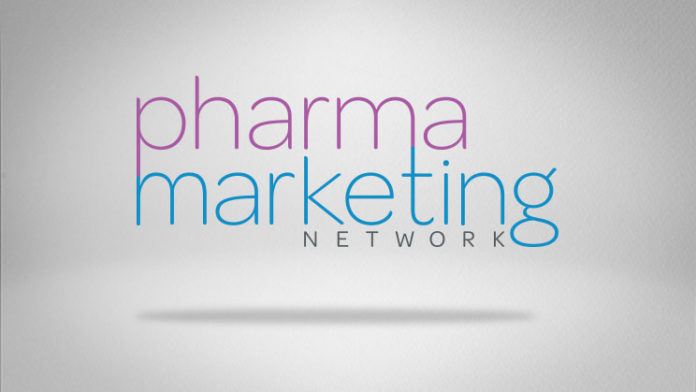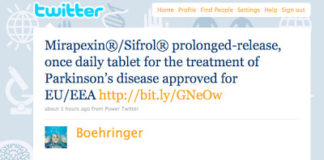“AstraZeneca believes that it is important to share information with patients by engaging with them online,” says Ken Graham, Commercial Business Leader, GI, AstraZeneca, in a post to AZ Health Connections Blog (here). “To that end, AstraZeneca recently launched a NEXIUM YouTube channel.” It’s called “AZPurpleZone.”
According to AZ’s own “white paper” on social media (see attachment to this post), social media is the “catch-all term for internet activities that engage or encourage engagement through online discussions or interactions. While static websites are often the first ‘online step’ for many companies (e.g., homepages), the internet is becoming increasingly about active engagement [my emphasis] and interactions — whether through blogs, microblogs (Twitter), listservs, chat rooms, forums, multimedia posting (YouTube), or social networking (Facebook).”
Because AZPurpleZone is an Rx drug branded YouTube channel, it is “unusual” as far as pharma Youtube initiatives go. But it is NOT unique — Adderall XR was also promoted on Youtube (see “Vyvanse Warning Letter: Too Late! Shire Got Rid of Ty Pennington Long Ago!“). But with ratings (likes and dislikes) and comments disabled, I have a problem calling AZPurpleZone “social media” and disagree with AZ that the channel “engages” patients any more than a typical “static website” does.
So, why has AZ gone through the trouble of promoting Nexium on Youtube? It’s all about search and delivering “eyeballs” to content. As Graham admits: “With more than one billion unique users visiting YouTube each month, this platform allows AstraZeneca to connect with patients.”
So far, the video content of AZPurpleZone is a TV commercial and a couple of informational/educational videos such as the one embedded below:
The TV commercial has probably passed FDA regulatory review, but the educational video above may not have. The first half of this video explains how Nexium works and is beautifully animated with 3D graphics. All the major side effect information, however, is presented in the last half using a dark screen with small text and voiceover.
Will the FDA find a problem with this video as it did with the Adderall XL Youtube video? FDA said it omitted “important information regarding the risks associated with Adderall XR use.” While the Nexium video embedded above obviously does NOT omit important safety information, this information appears at the end of the video WITHOUT all the beautiful graphics and animation to hold a viewer’s attention. I stopped watching the video as soon as I saw the dark screen pop up. But that’s just me.
One more point: The last sentence in the important safety information section (and the voiceover) suggest you “click on the full prescribing information link to read the full prescribing information.” Of course, that link is NOT included in the embedded or shared version of the above video. Will FDA think this is a violation of regulations?
Visitors can “share” the AZPurpleZone videos on Twitter, Facebook, Pinterest, etc. AZ may believe that many people will do this — as I have — and thus bring extra-added benefit to employing Youtube as a promotional channel. Which is all well and good. But let’s not call this “engaging social media.”









![6 Digital Tools at the Center of Healthcare Digitalization [INFOGRAPHIC]](http://ec2-54-175-84-28.compute-1.amazonaws.com/pharma-mkting.com/wp-content/uploads/2021/04/6DigitalTools_600px-100x70.jpg)




